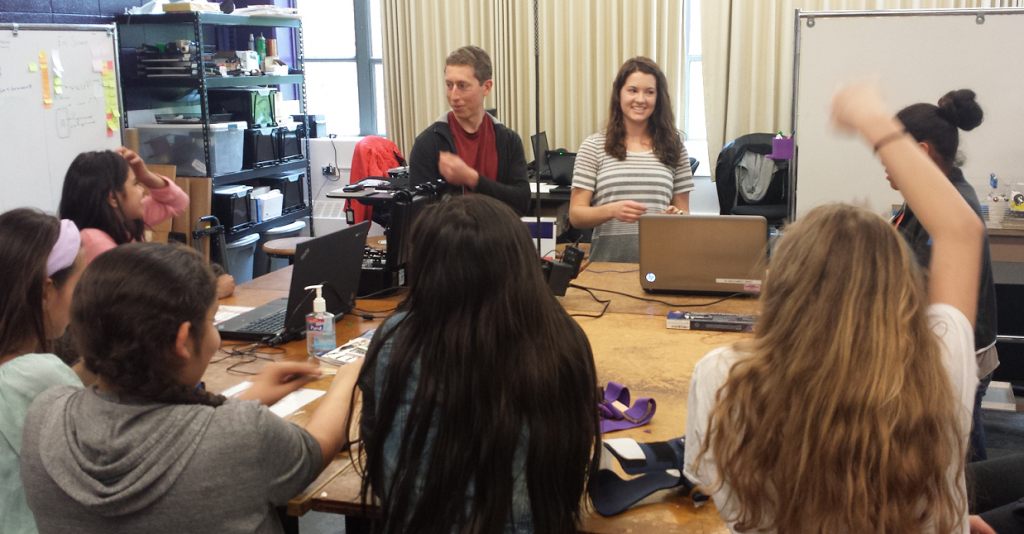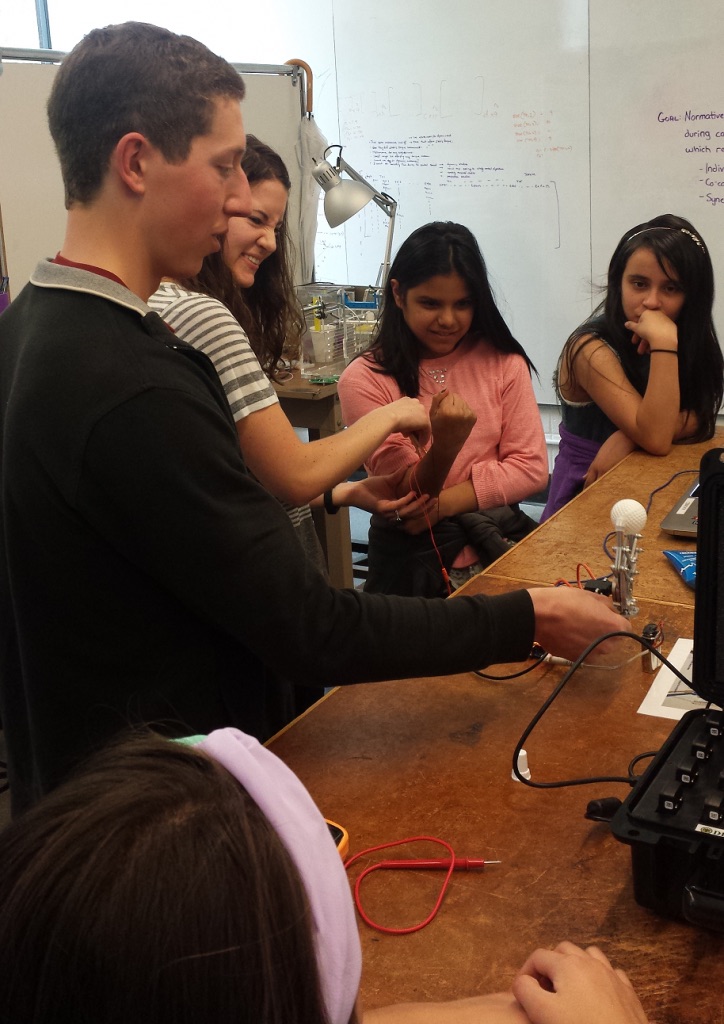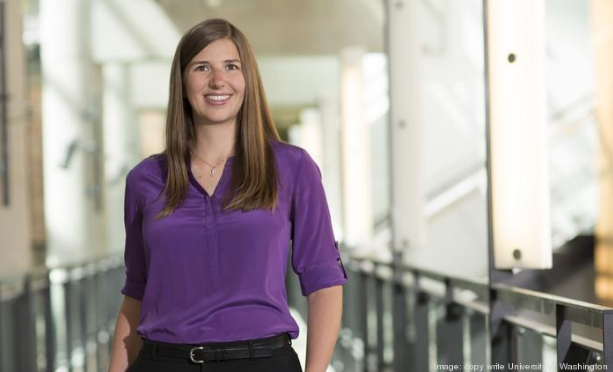
Please join us THIS THURSDAY, January 26th for a Bioengineering seminar (part of the BIOEN 509 Seminar Series) presented by Kat Steele – Assistant Professor Mechanical Engineering, University of Washington.
Title of Presentation: The Ultimate Machine: Engineering to Improve Movement for Children with Cerebral Palsy
Date/Time: Thursday, January 26, 2017; 12:30 – 1:20PM
Location: Foege N130
See you there!

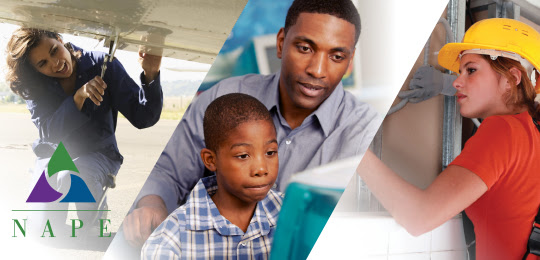
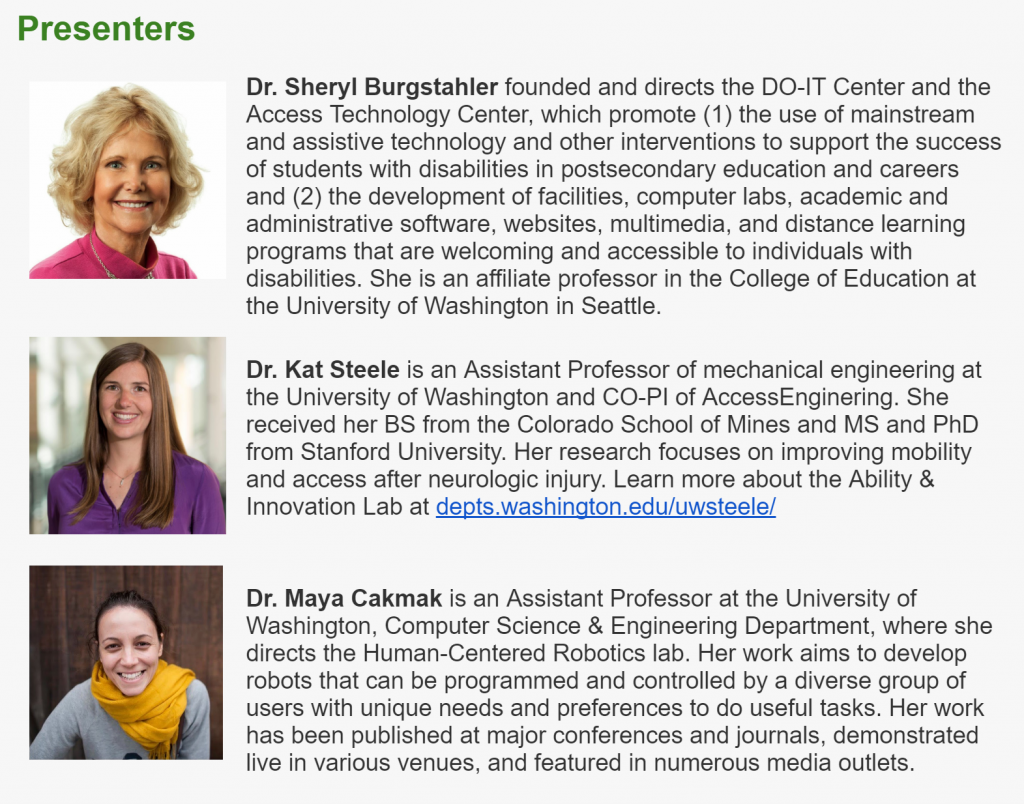
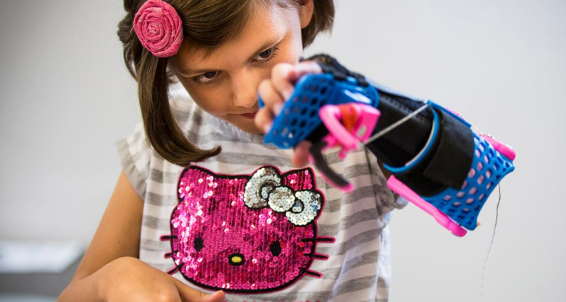 This past Friday, the University unleashed its most ambitious philanthropic campaign, UW
This past Friday, the University unleashed its most ambitious philanthropic campaign, UW 